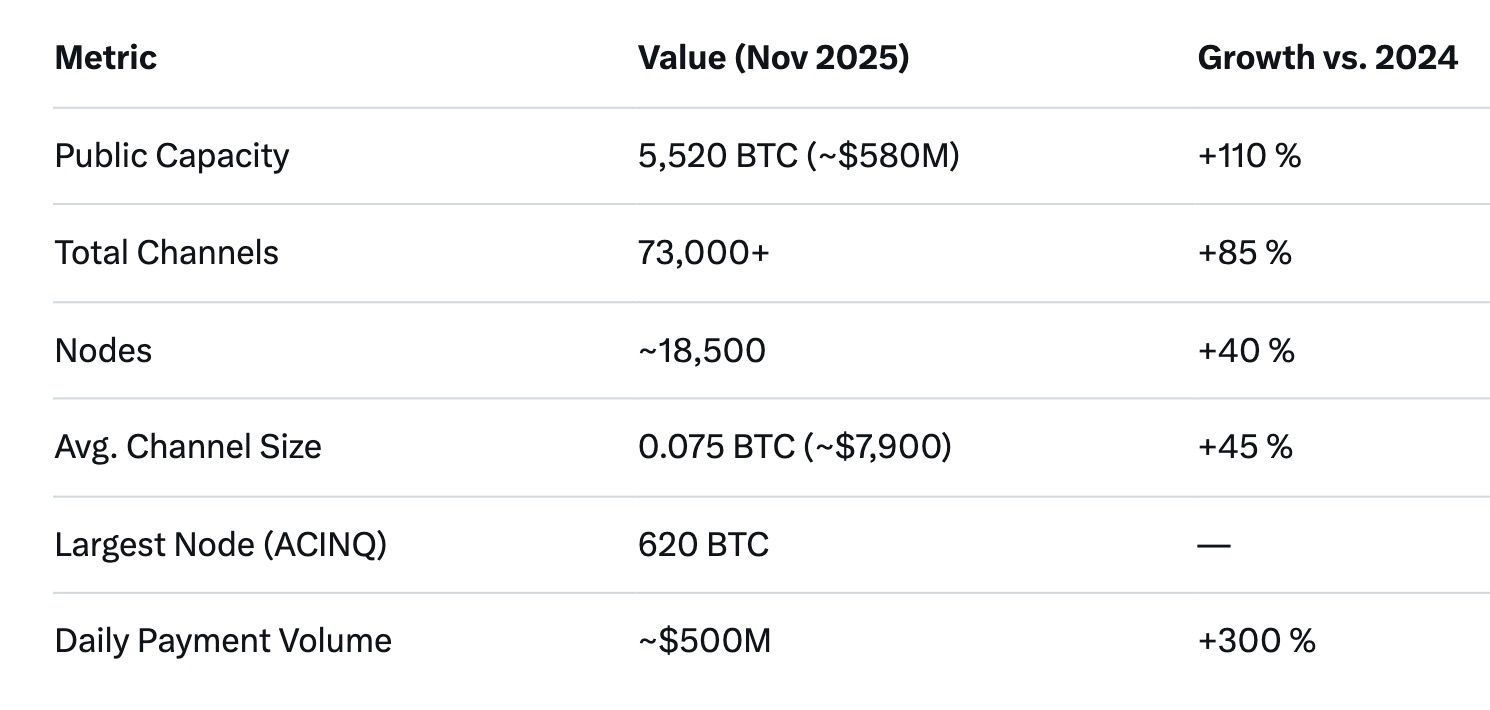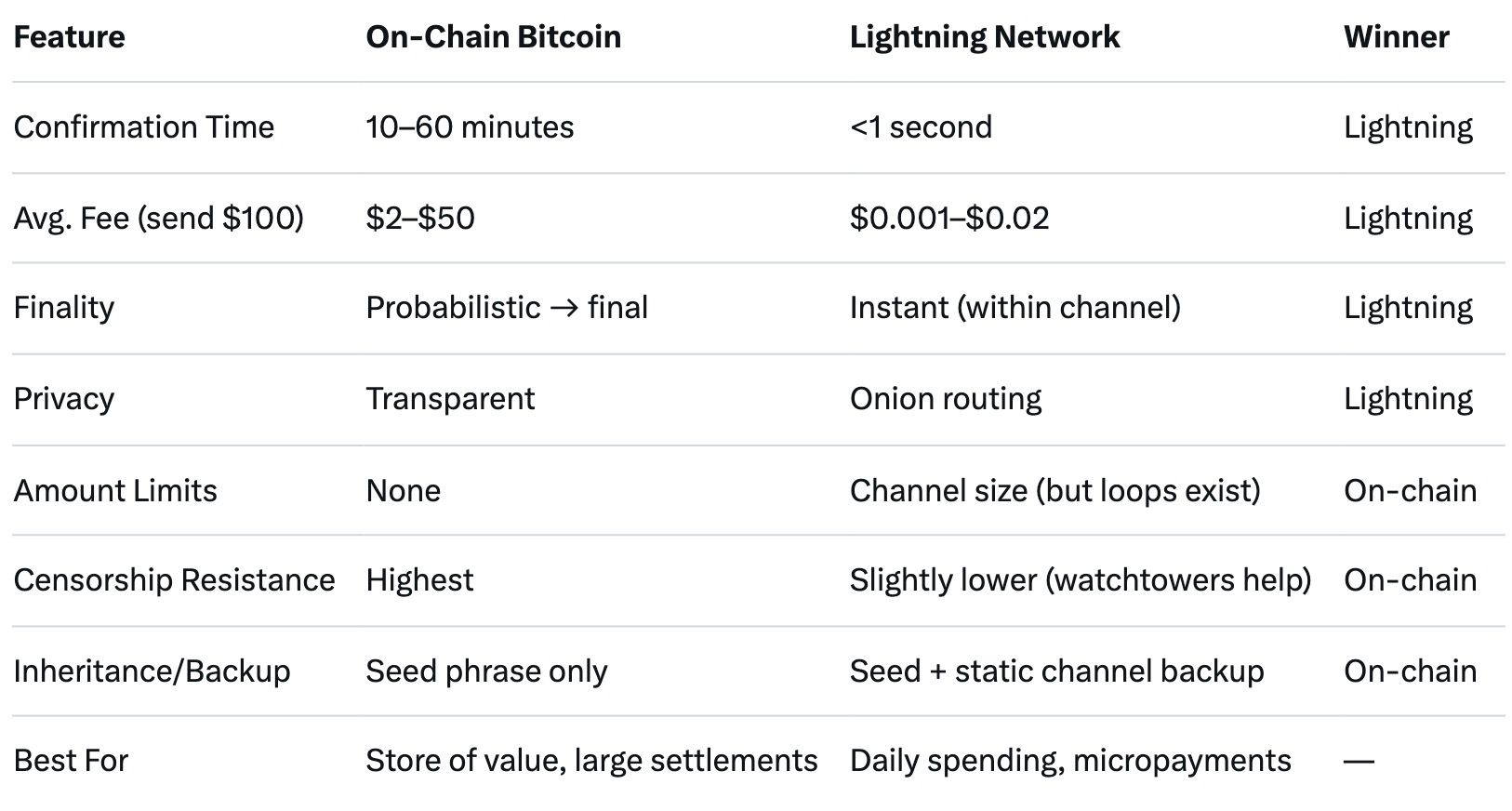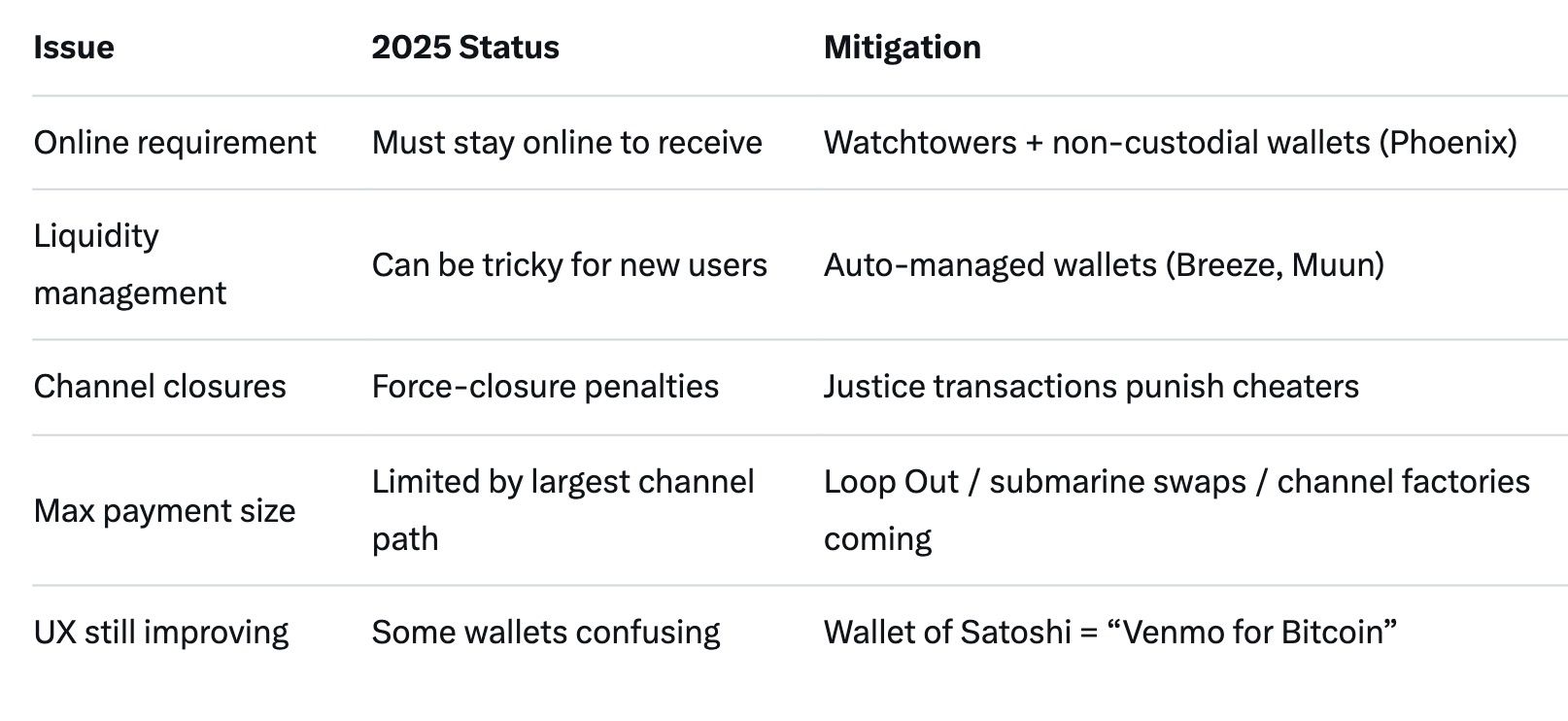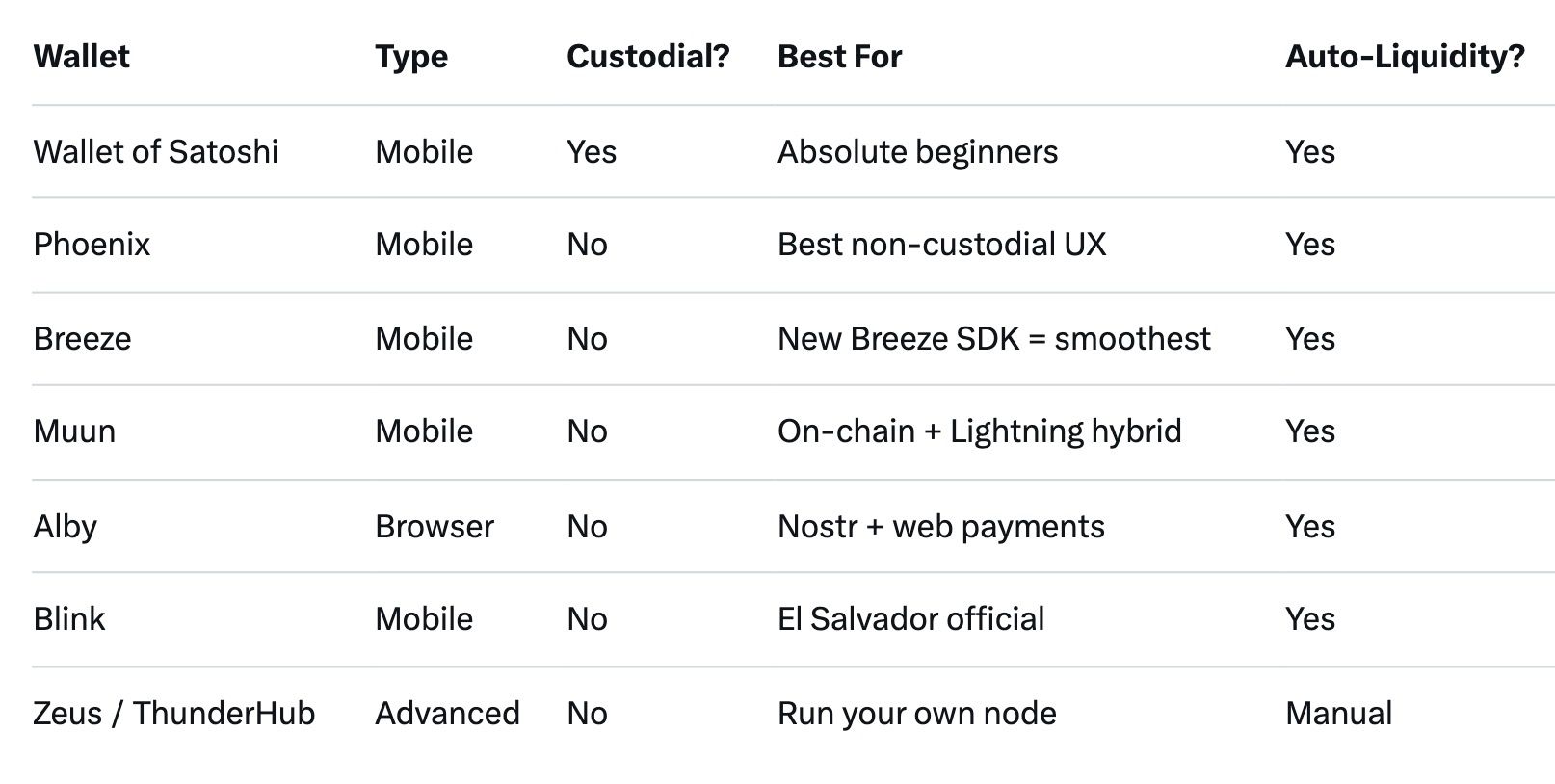
What Is Bitcoin Lightning? The Complete 2025 Guide to the Lightning Network
Bitcoin in 2025 is worth over $100,000 per coin, yet you can send $1,000 across the planet for less than a penny in under a second. That magic is called the Bitcoin Lightning Network — a Layer-2 scaling solution that has grown from experimental tech in 2018 to handling over $500 million in daily payments and 5,500 BTC in public capacity by November 2025.
This 2,400-word SEO guide is written for beginner and intermediate Bitcoin users who want to finally understand what Lightning actually is, how payment channels and routing work, why fees are basically free, its benefits and limitations in 2025, and real-world examples from El Salvador to Twitter tips. We’ll compare Lightning vs. on-chain Bitcoin and show you exactly how to start using it today.
(When you want to move BTC between Lightning and other chains with zero commission, platforms like Baltex.io make it seamless — more on that later.)
TL;DR: Lightning Network in 2025 at a Glance
- What it is: Instant, near-free Bitcoin payments using off-chain payment channels on top of Bitcoin base layer.
- Speed: <1 second finality (vs. 10–60 min on-chain).
- Fees: Usually $0.001–$0.02 (vs. $2–$50 on-chain).
- Capacity: 5,500+ BTC public (~$580M), total including private channels estimated 15,000+ BTC.
- Daily payments: >2 million transactions, $500M+ volume.
- Best wallets 2025: Wallet of Satoshi, Phoenix, Muun, Breeze, Alby (browser), Blink.
- Biggest use cases: El Salvador daily commerce, Strike global remittances, Nostr zaps, gaming, streaming micropayments.
Jump to how it works | Channels & routing | 2025 stats | On-chain vs Lightning | FAQ
How the Lightning Network Actually Works (Simple Version)
Imagine you and a friend go to a bar and open a tab instead of paying for every beer. You settle the final balance when you leave. That’s Lightning in a nutshell.
The 4-Step Lifecycle
- Open a Channel → You and another party lock BTC in a 2-of-2 multisig on-chain transaction.
- Make Unlimited Payments → Update the balance off-chain as many times as you want (instant & free).
- Route Through Network → If your friend isn’t directly connected, payment hops through intermediate channels (still instant).
- Close the Channel → Final balance is broadcast to Bitcoin blockchain in one on-chain transaction.
Result: Thousands of payments → only 2 on-chain transactions.
Visual Example
You lock 0.1 BTC ($10,500) with a coffee shop.
You buy 100 coffees → balance updates off-chain.
You close → shop gets 0.099 BTC, you get 0.001 BTC back — one on-chain tx for 100 purchases.
Payment Channels & Routing Explained
Direct vs. Indirect Channels
- Direct: You ↔ Coffee Shop (fastest)
- Indirect: You ↔ Liquidity Provider ↔ Coffee Shop (still <1 sec thanks to onion routing)
How Routing Actually Works (2025 Tech)
- Uses HTLCs (Hashed Time-Lock Contracts) — cryptographic promises with timeouts.
- Each hop only sees “send to next node” — privacy preserved (Tor-like onion routing).
- Nodes advertise liquidity and fees (you choose cheapest/fastest path).
- Success rate in 2025: 95–99 % for payments under $1,000.
Liquidity Is the Key
- You need outbound liquidity to spend, inbound to receive.
- 2025 solution: Most wallets (Phoenix, Breeze) auto-manage liquidity via channel splicing and turbo channels.
Lightning Network Status in November 2025

Sources: 1ml.com, Amboss, Lightning Terminal stats
On-Chain Bitcoin vs. Lightning Network (2025 Comparison Table)

Rule of thumb:
$1,000 → use Lightning
$100,000 → use on-chain
Real-World Lightning Use Cases in 2025
- El Salvador — 80 % of merchants accept BTC via Lightning (Chivo → Blink switch improved UX dramatically).
- Strike Global Remittances — Send USD → recipient gets local currency via Lightning (cheaper than Wise in 40+ countries).
- Nostr + Zaps — Tip creators 1–100 sats instantly (Damus, Amethyst, Primal).
- Gaming — THNDR Games, ZBD — earn sats playing mobile games.
- Streaming — Podcasting 2.0 (value-4-value) — listeners stream sats per minute.
- E-commerce — Bitrefill, Coingate, BTCPay Server — pay Netflix, Amazon gift cards with Lightning.
Benefits of Lightning in 2025
- Near-zero fees → true peer-to-peer electronic cash
- Instant settlement → no chargebacks
- Micro-payments viable (pay-per-second VPN, streaming, API calls)
- Scalability → millions of TPS possible
- Privacy better than on-chain
Limitations & Risks (Be Honest)

Best Lightning Wallets in 2025 (Beginner-Friendly Ranking)

How to Get Started with Lightning in 5 Minutes
- Download Phoenix or Wallet of Satoshi (iOS/Android).
- Deposit BTC (on-chain → Lightning conversion automatic).
- Get your first inbound liquidity (Phoenix does this for ~$2 fee).
- Receive a payment or buy a coffee QR code.
- Done — you’re using Bitcoin as cash.
Lightning + Multi-Chain: Baltex.io Integration
Want to move value between Bitcoin Lightning and Ethereum, Solana, Base, etc.? Baltex.io is a zero-commission, non-custodial swap hub that supports Lightning invoices directly. Example: Send USDC on Base → receive BTC on Lightning in one click, <0.2 % total cost. Perfect for topping up your Phoenix wallet from DeFi yields.
FAQ: Lightning Network 2025 Edition
Is Lightning safe to use in 2025?
Yes — for daily spending amounts ($10–$5,000). Never store life savings on Lightning.
Can I lose funds if my phone dies?
Non-custodial wallets (Phoenix, Breeze) have static backups. Custodial (WoS) = they hold keys.
Why do some people say Lightning “failed”?
Early 2019–2021 UX was terrible. 2024–2025 fixed almost everything.
Does Lightning hurt Bitcoin’s security?
No — base layer still secures all funds. Lightning uses the same cryptography.
Can I run my own Lightning node?
Yes — easier than ever with Start9, Umbrel, RaspiBlitz + Breeze SDK.
Will Lightning make on-chain fees cheaper?
Yes — daily users migrate → less congestion → lower on-chain fees long-term.
Conclusion: Lightning Is Bitcoin’s “Cash” Layer — And It Finally Works
In 2025, the Lightning Network has matured into the fastest, cheapest way to actually use Bitcoin as money. From buying coffee in San Salvador to zapping sats to your favorite podcaster, Lightning delivers the original vision of “peer-to-peer electronic cash” that the base layer alone never could.
The technology is no longer experimental — it’s production-ready, battle-tested, and growing exponentially. Whether you’re a Bitcoiner who’s been waiting since 2017 or someone who just bought their first sats, Lightning is now the best way to experience Bitcoin’s magic.
Download Phoenix, scan your first Lightning invoice, and feel the future.
P.S. When you want to bridge between Lightning and the rest of crypto, Baltex.io is waiting with zero-commission swaps.




